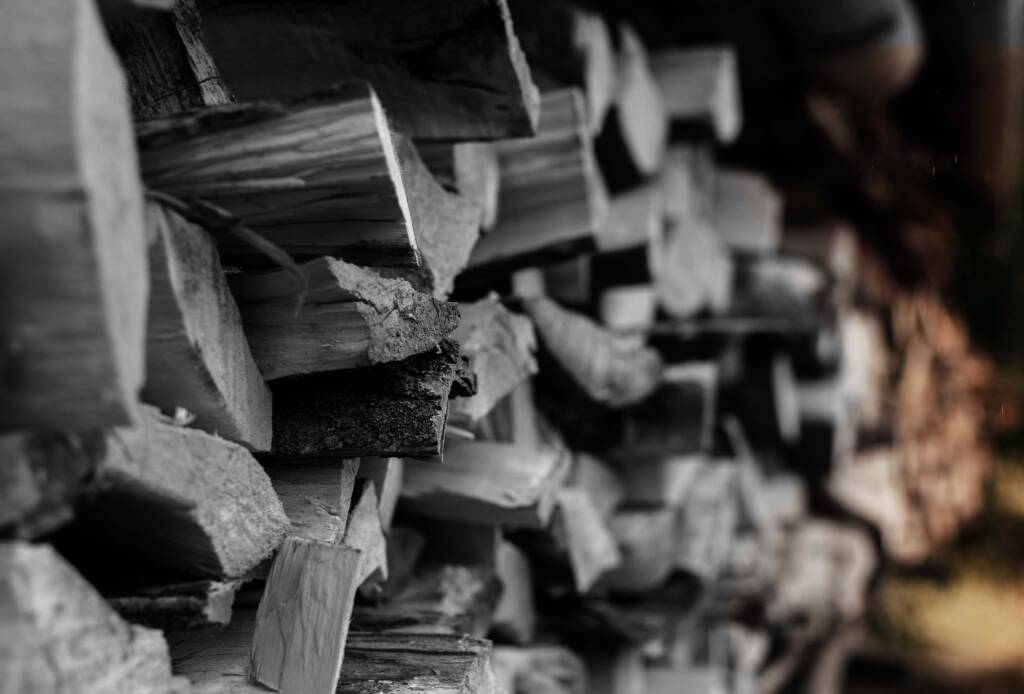Wood Charcoal
When carbon-containing raw wood is carbonized in a constrained environment with no oxygen, a process known as pyrolysis, wood activated carbon is created. The wood material must break down in order to become wood charcoal, a porous black solid that is mostly made of elemental carbon.
Wood Activated Carbon
An essential component of activated carbon is wood charcoal. Due to residues obstructing its fine structure, it is not a particularly effective adsorbent for either liquids or vapors. This structure has to be opened up by getting rid of the tarry remnants and volatiles in order to get the charcoal into “Activated Mode.” The method that is now most frequently employed is heating the granulated wood charcoal to a low red heat in a steam-heated environment. By keeping oxygen out, the steam keeps the charcoal from burning away. The pore structure is left open while the volatile tars may be distilled away and are transported by the steam. The processed charcoal is discharged into covered containers where it is given time to cool.

Typical Parameters of Wood Activated Carbon
| Granular Activated Carbon | Powdered Activated Carbon | |
|---|---|---|
| Moisture | 5% max | 5% max |
| Ash | 10% max | 10 – 12% max |
| Hardness | 85% min | – |
| MB value | 250 | 250 |
| Density | 0.230 – 0.290 gm/cc | 0.300 – 0.400 gm/cc |
| pH | 11 | 11 |
Fill out the form below and for specialist will be touch.